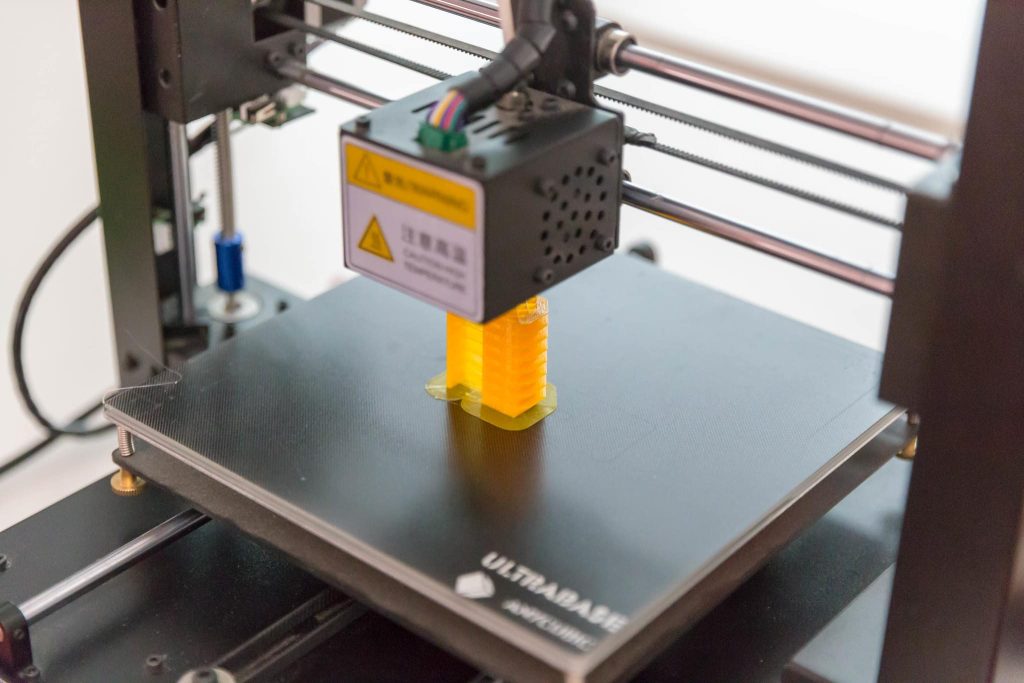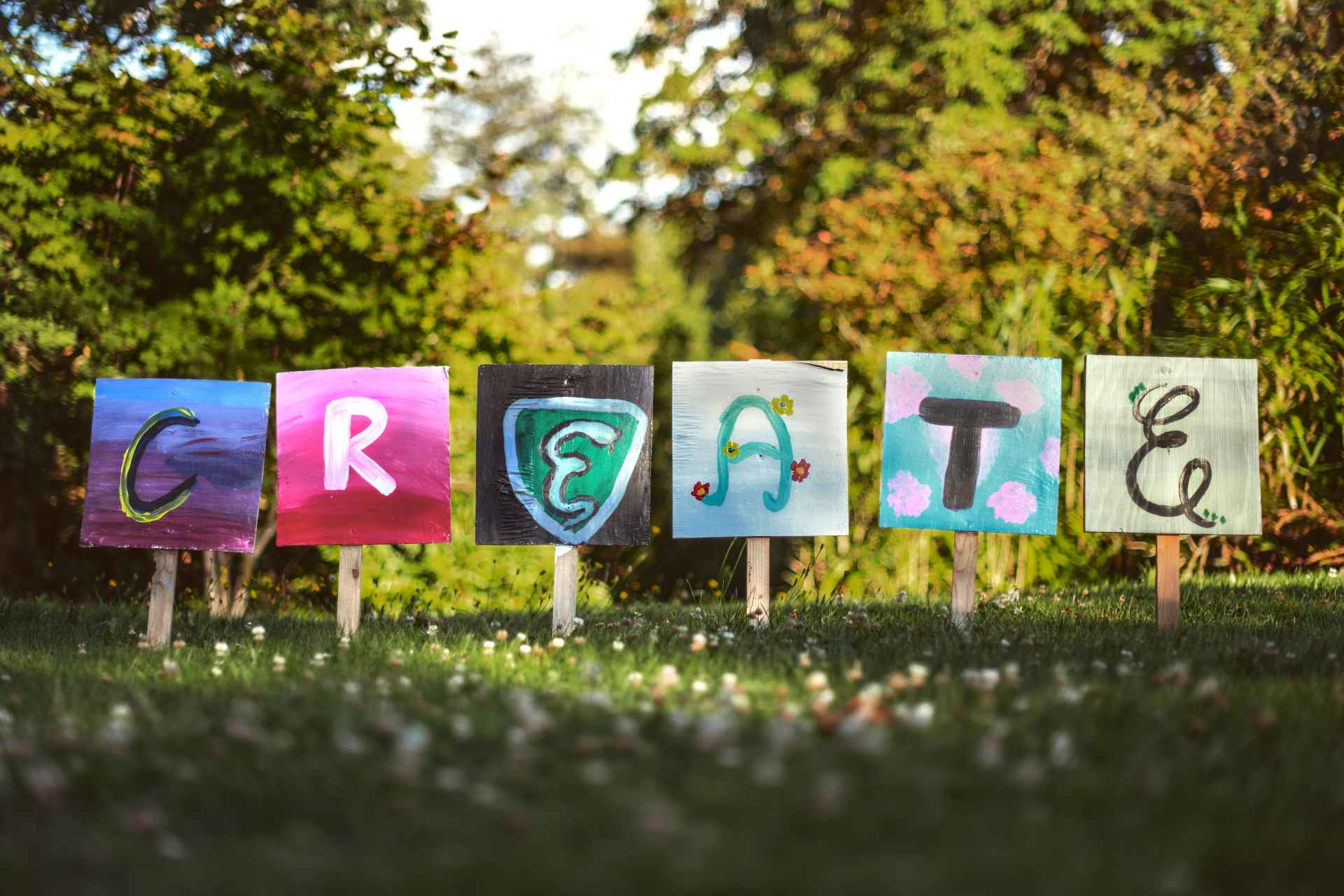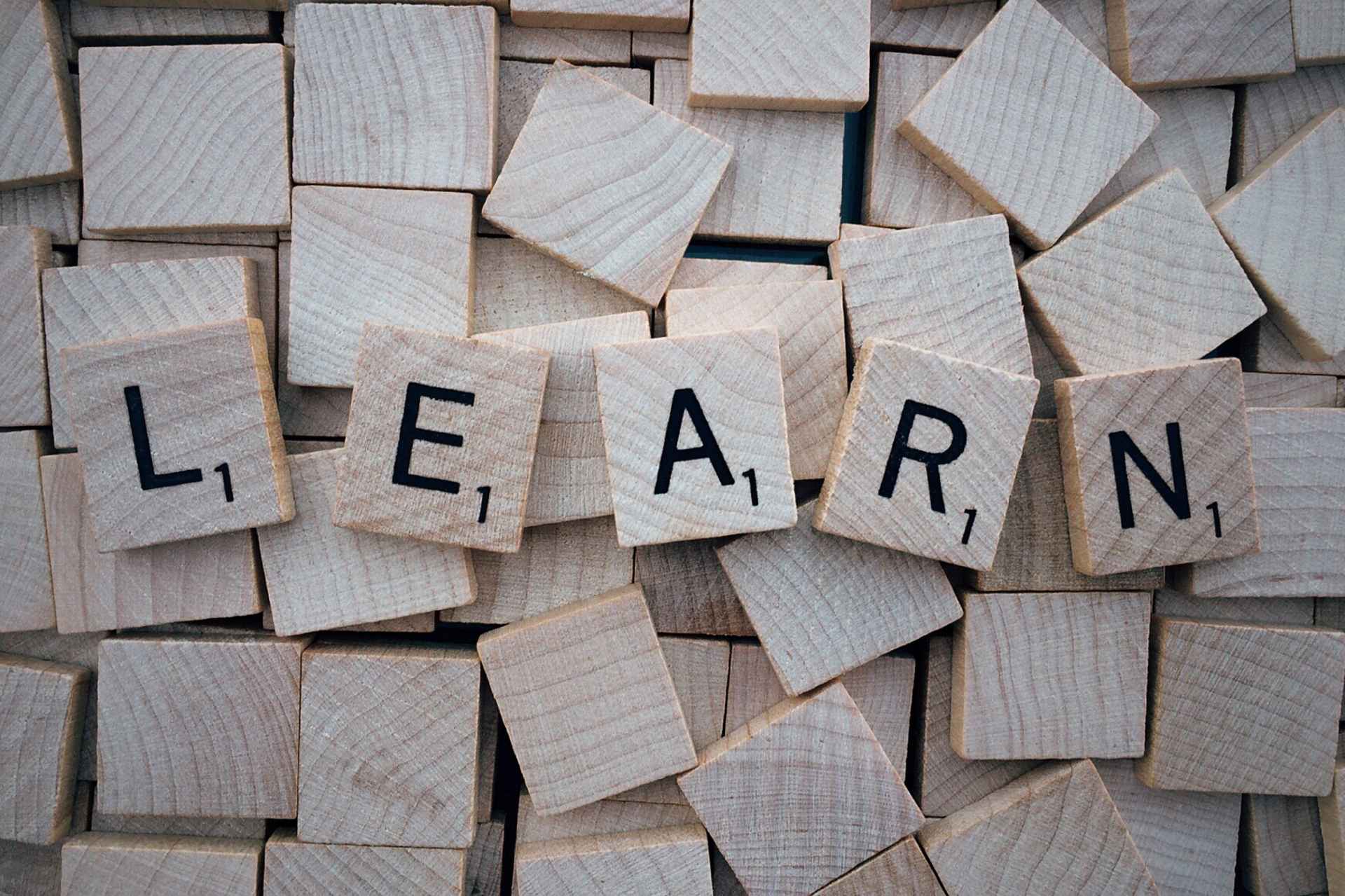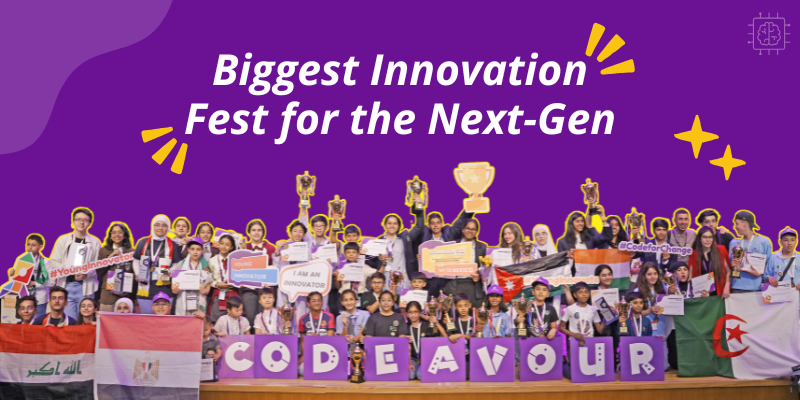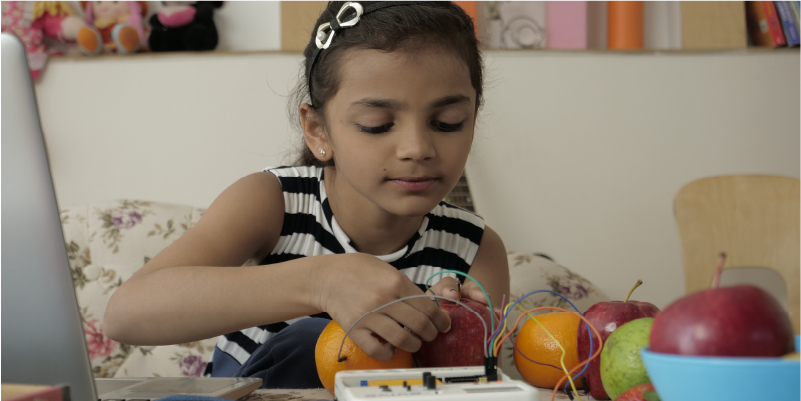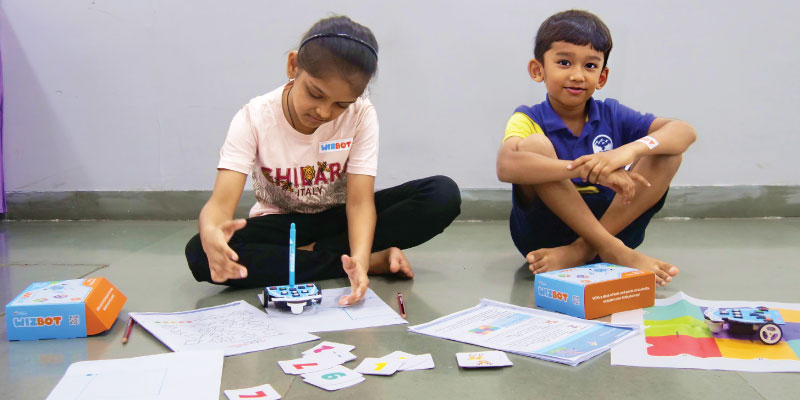Remember the 90’s kids show called Shakalaka Boom Boom? Yes, the show where a child would draw a picture in his drawing book using a “magic” pencil, and through some sorcery, the picture would turn into a 3-dimensional object! This innovative concept had made the show immensely popular among children. However, we’ve come a long way from that age where this magic pencil was only a fantasy for them. Today, they can actually experience this magic with the advent of 3D printing in education. Turning 2D imagery into 3-dimensional living art, 3D printing technology is a revolutionary concept that allows such conversion of imagination to reality in the best likeness possible.
Having created wonders in multiple areas of production, 3D printing technology has now reached classrooms. The role of 3D Printing in education and particularly in STEM learning, although relatively newer than the other aspects of STEM, is something that goes beyond how we look at innovation in conventional studies. So what exactly is the scope of this activity in STEM? How can 3D printing in the classroom lead to a better understanding of concepts? Let us find out!
A Boost to Creativity
A 3D printer for schools can facilitate and smoothen the application of the skills of its students. Conventional schools do provide students with a blank canvas to pour in their imagination. They draw on it and prepare a picture that is ingrained within their thought after hours of imagination, thinking and, to some extent, problem-solving. This picture serves as a testimonial to their learning curve and how they have learned to imagine and enjoy turning their ideas into reflections on a two-dimensional surface. But 3D printing technology takes this alluring activity to a new level. We all know the utility of drawing and enjoying drawing at the same time but the advent of 3D printing in education allows us to create strong, tangible objects.
By incorporating 3D printing in the classroom, the students’ canvas is expanded where they get to make tangible objects and not mere reflections of their imagination. This is an activity that shall transform ideas into reality, literally.
Designing and Learning
While it is a canvas to create whatever you want, 3D Printing in education has a bigger role to play, as far as students are concerned. This implies that it has far-reaching outcomes in one’s learning curve than what might meet the eye. A blog post by Maker’s Empire tells us how students have been creating, designing and learning using 3D printing in their classrooms. Some of the most inquisitive ones appear to be the ones that are the most innovative in their approach. For example, students designed structures using 3D printing technology which can withstand natural disasters. This project in its own right can make it easy for us to see how such a topic can help us intertwine various subjects and how students can end up studying various topics in one go. Solution-framing for such problems is hence one way to make interdisciplinary solutions available. We already know that an interdisciplinary approach is always preferable and how life becomes easier with it. Many such examples can be found in the aforementioned blog and a few more are mentioned below:
-
Learning about Simple Machines
We are all familiar with how students have to study mechanics and how they look at many examples of pulleys, levers and other mechanisms. 3D printing technology enables them to have a better approach towards learning of these machines and with the help of a 3D printer for schools, they can now 3D print and design their own mechanisms and enjoy learning, hands-on.
-
Exploring Helmet Safety
When students are asked to find out how nanotubes make sporting helmets more effective, they can use 3D printing in the classroom and easily print and model the nanotubes. Nanotubes, as the name suggests, are very tiny structures that require powerful technology to be viewed. So, if seen broadly, with 3D printing in education, students could create large scale models to discuss and visualize answers to various questions like in this case, how nanotubes can make sporting helmets safer.
-
Understanding How Transport Works
Students can investigate the different modes of transportation people use to estimate the environmental impact that these different types of transport have, by designing their own car through the new 3D printing technology. They can use their judgment of transport processes to design their own unique car. Thus, 3D printing in education blends the acquired knowledge and technology to create a physical model of your understanding.
Apart from designing, solving, and innovating, 3D printing in the classroom can equip students with the knowledge of programming and learning how to integrate their projects with robotics, electronics, etc. We need to understand that subjects and activities covered in STEM are more than what appears on the surface. We need to read between the lines and figure out how to actually make the best out of the theory learned and the projects made, and this is exactly where 3D printing objects come to the rescue.
3D printing in education not only makes it easy to learn, but it also makes it a fun activity altogether. It is time we acknowledge this activity and make the best out of it to make better professionals and creators, who are more resourceful on all counts.
In a Nutshell
3D printing technology allows you to take the best of your imagination and creativity and implement it thus enabling you to design the future. It enables students to have sharper skills and makes them the skilled human resources that is a requisite for a better tomorrow. Moreover, 3D printing in education has made the STEM pedagogy a more efficient system for the students altogether.
Feature image by Marco Verch (flickr.com)

